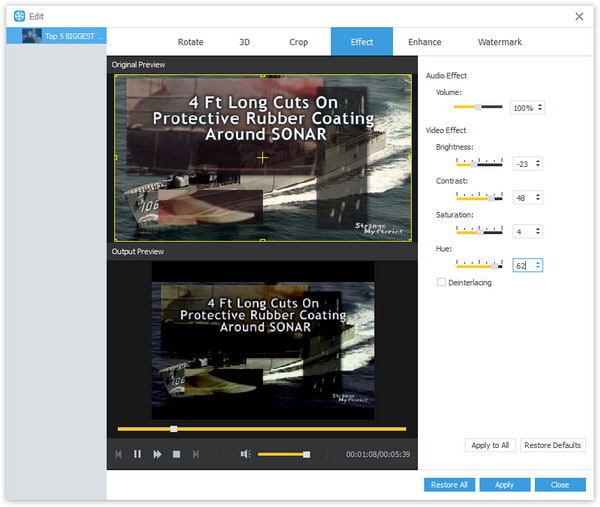
FLV stands for Flash Live Video. The audio and video data within FLV files are encoded in the same manner as they are within SWF files. FLV was originally developed by Macromedia. In the early 2000s, Flash Video used to be the de facto standard for web-based streaming video (over RTMP). Notable users of it include Hulu, VEVO, Yahoo! Video, metacafe, Reuters.com, and many other news providers. Flash Video FLV files usually contain material encoded with codecs following the Sorenson Spark or VP6 video compression formats.
- - Wikipedia
MPG(MPEG-1) is a standard for lossy compression of video and audio. It is designed to compress VHS-quality raw digital video and CD audio down to 1.5 Mbit/s (26:1 and 6:1 compression ratios respectively) without excessive quality loss, making video CDs, digital cable/satellite TV and digital audio broadcasting (DAB) possible. Today, MPEG-1 has become the most widely compatible lossy audio/video format in the world, and is used in a large number of products and technologies.
- - Wikipedia

Step 1. Download and install the program, then double click it to run it, and then you'll see the main interface of the program.

Step 2. Click "Add File(s)" button. Here you can select "Add Video" or "Add Folder" button to add files as you like.

Step 3. Click the drop-down arrow right beside the "Profile" column and select your desired video format from the drop-down list.

Step 4. Click "Edit" button to customize the output video like Effect, Trim, Crop, 3D Settings and Watermark.